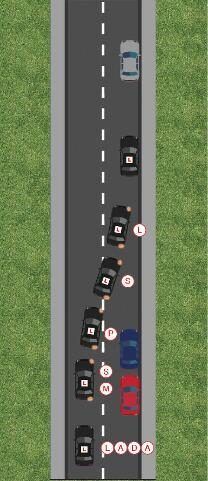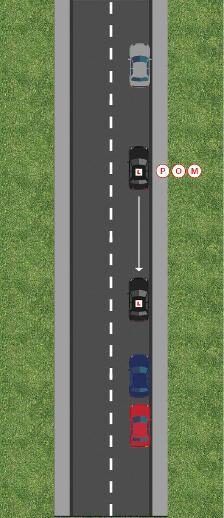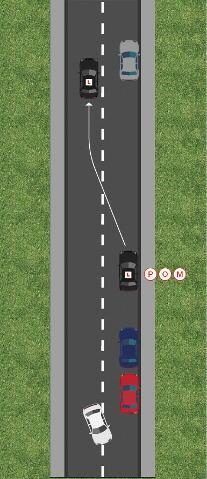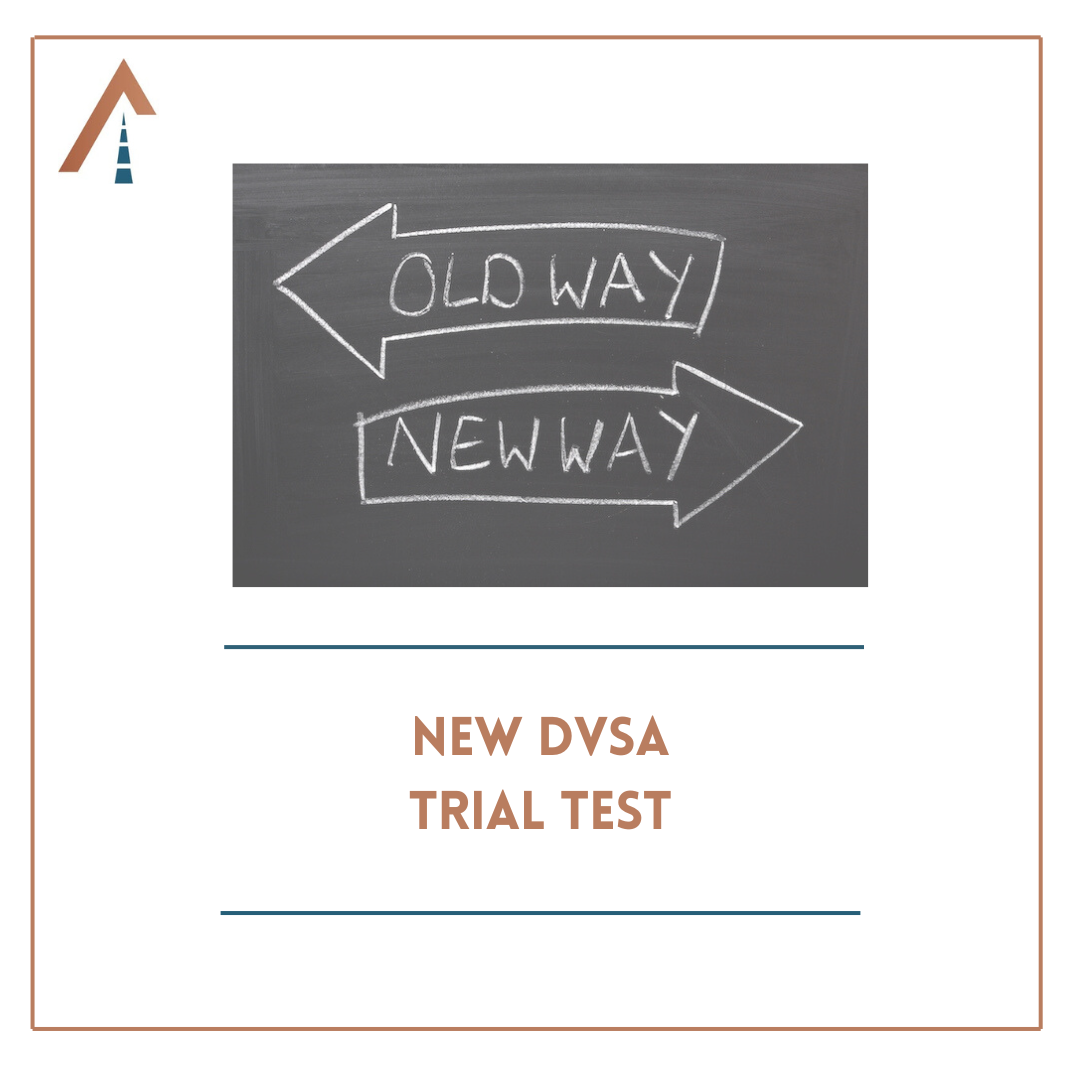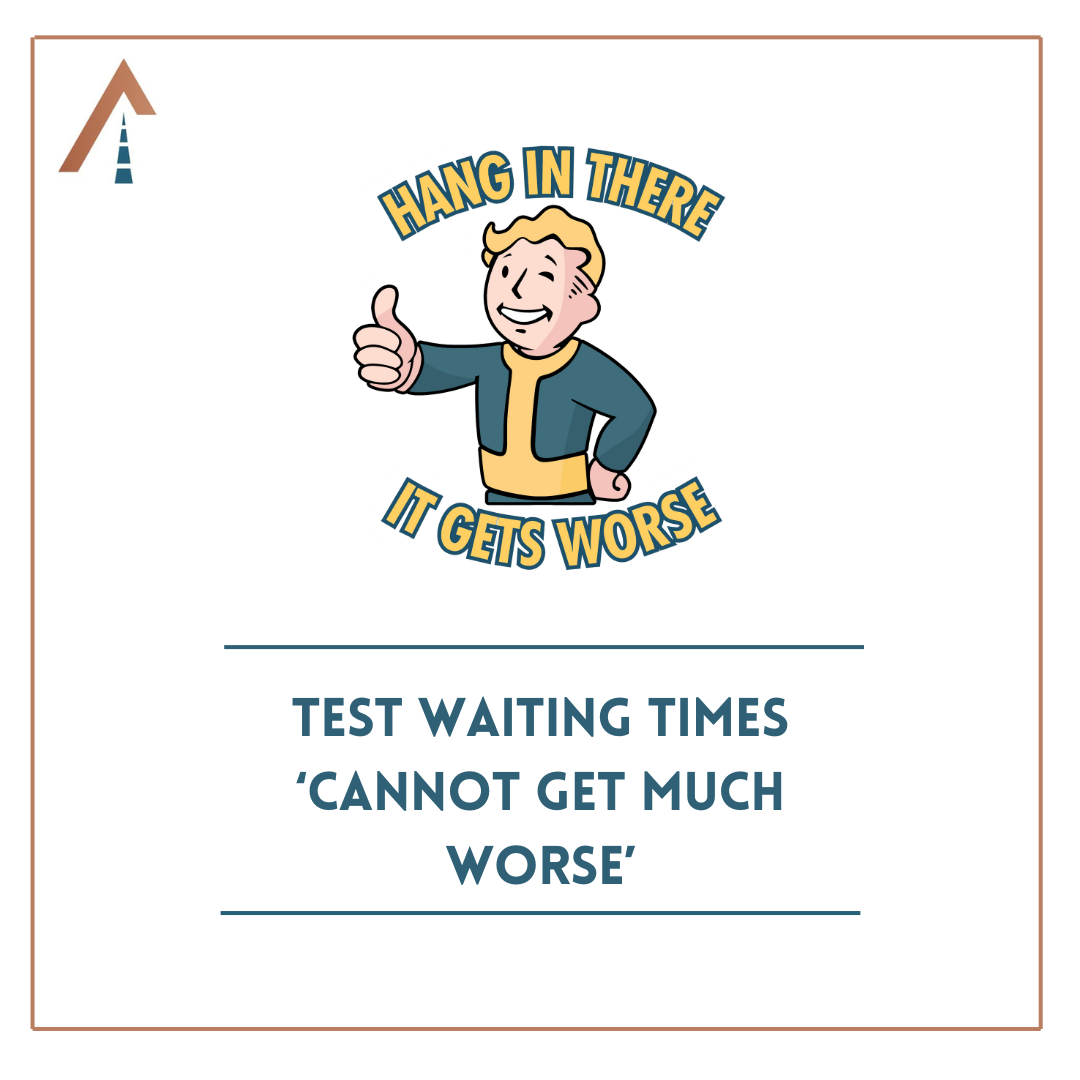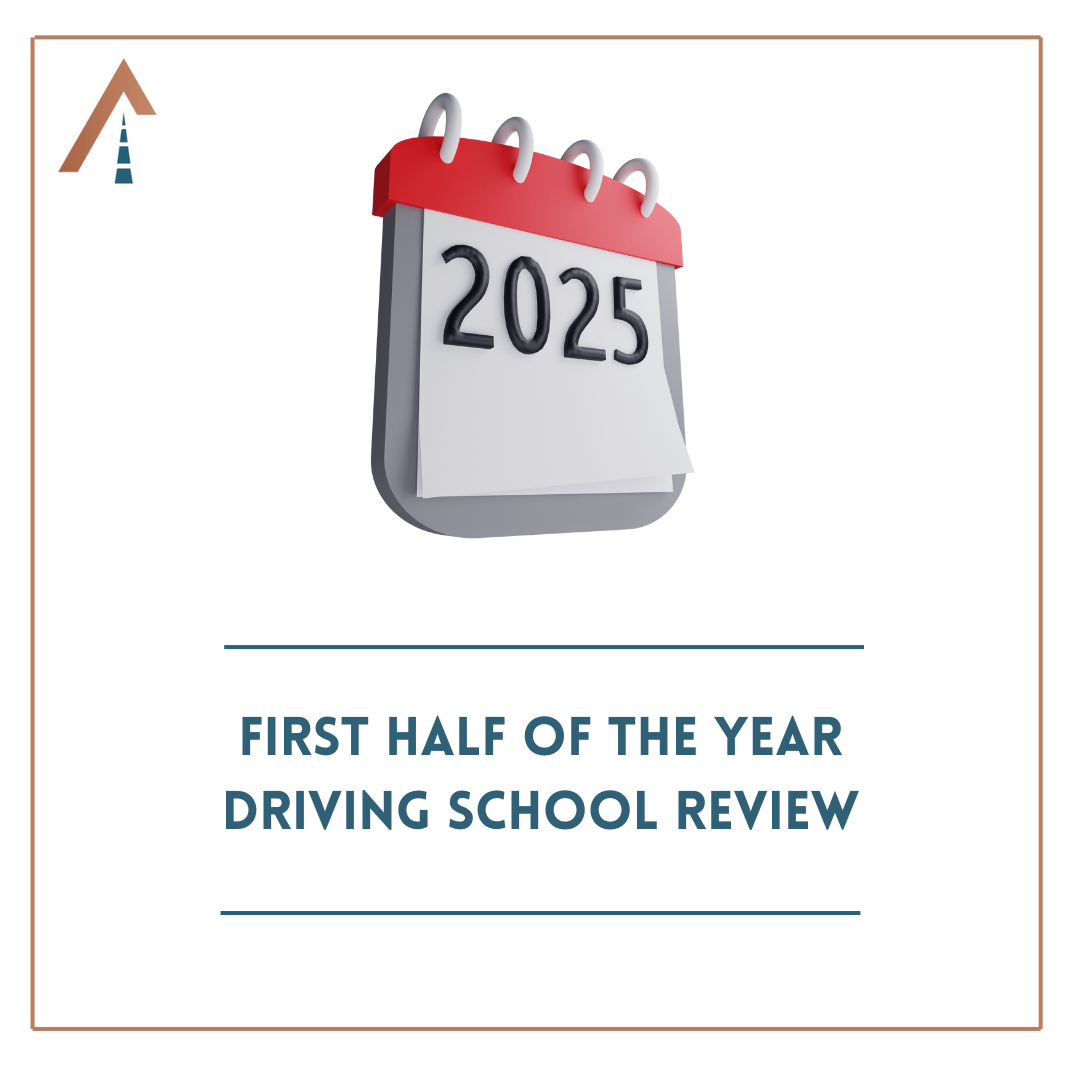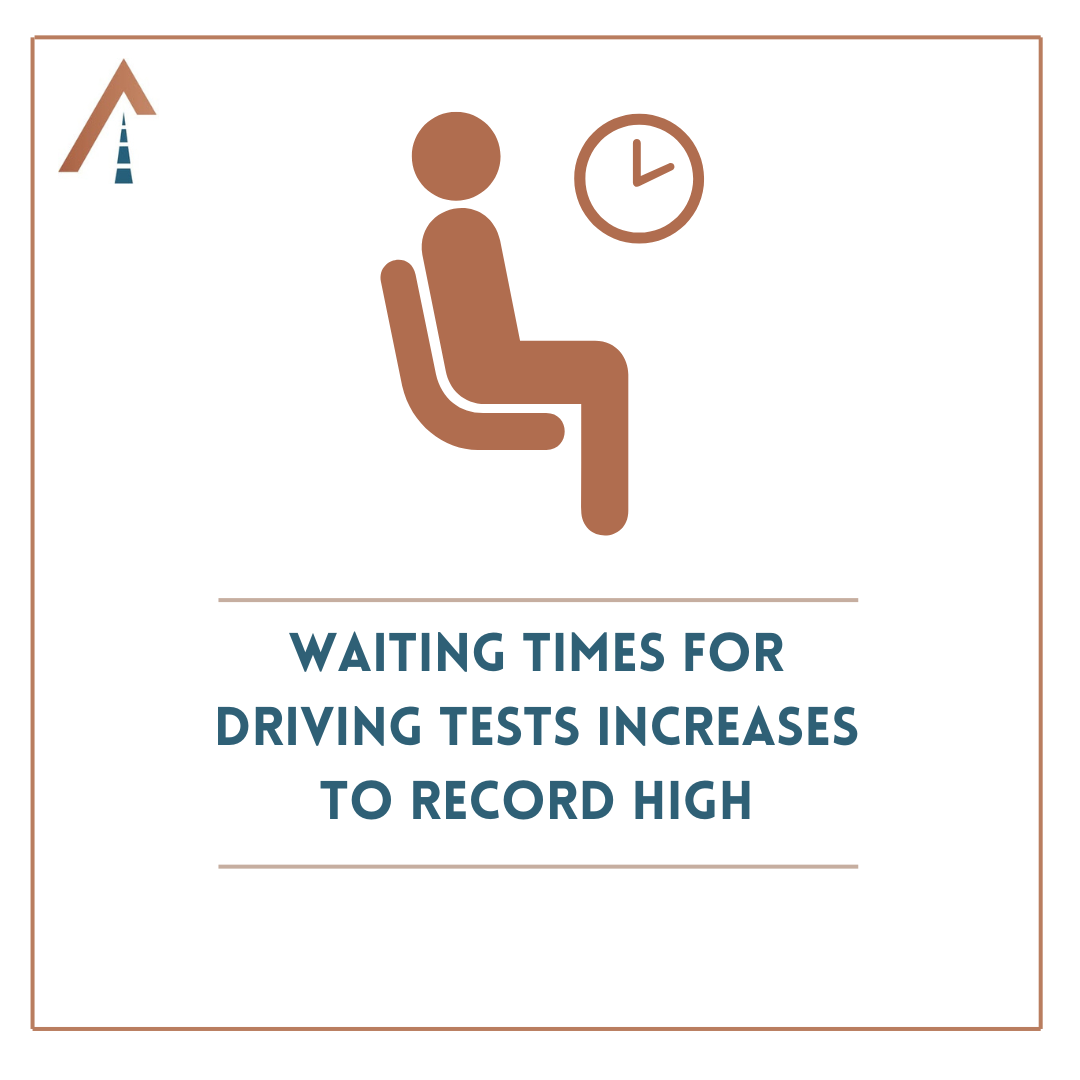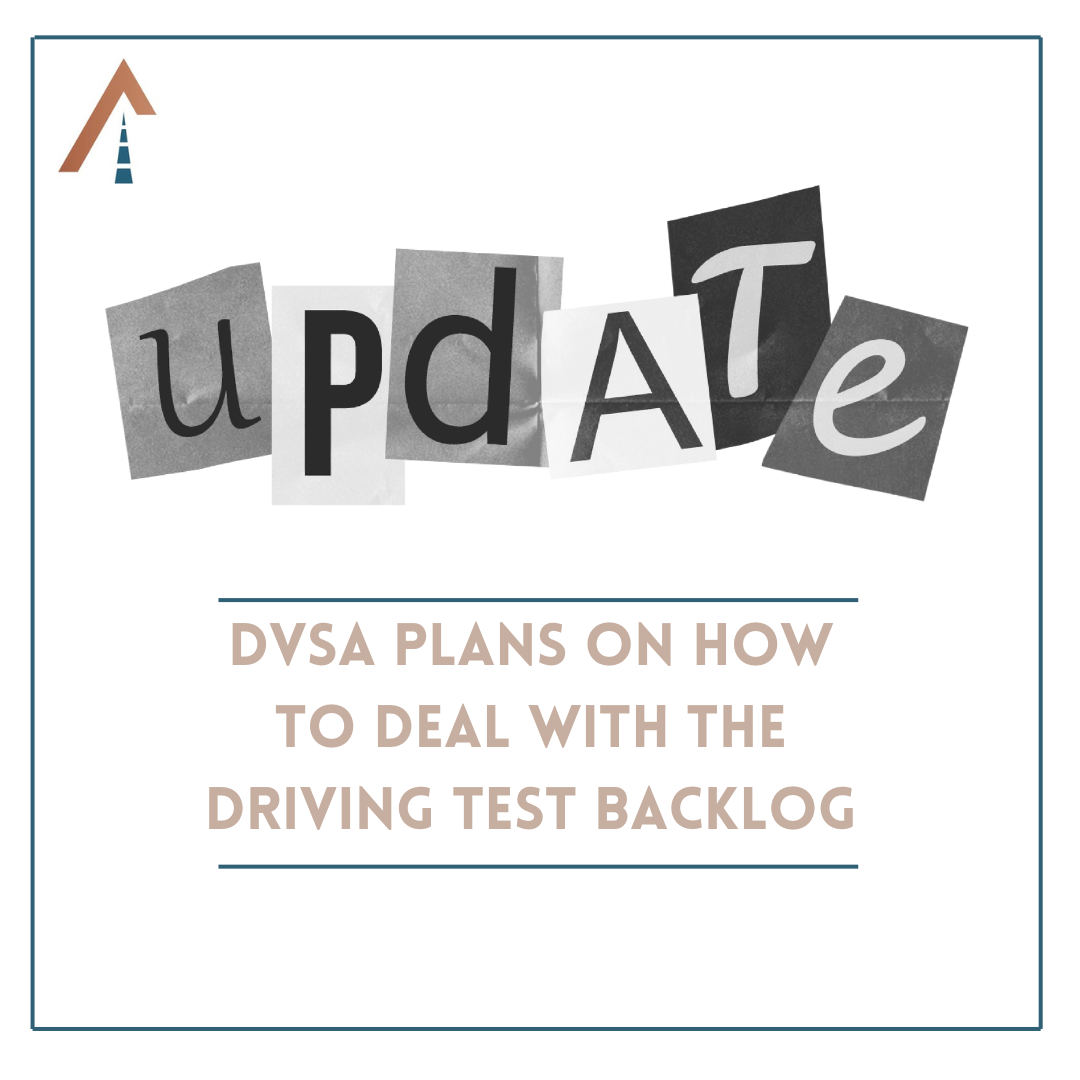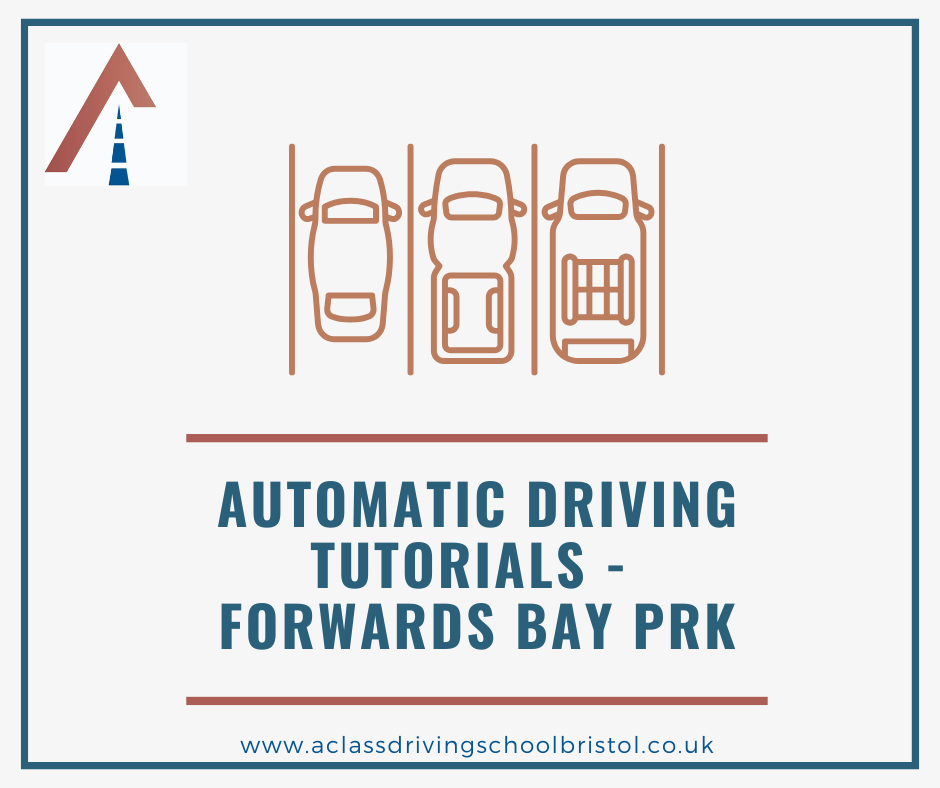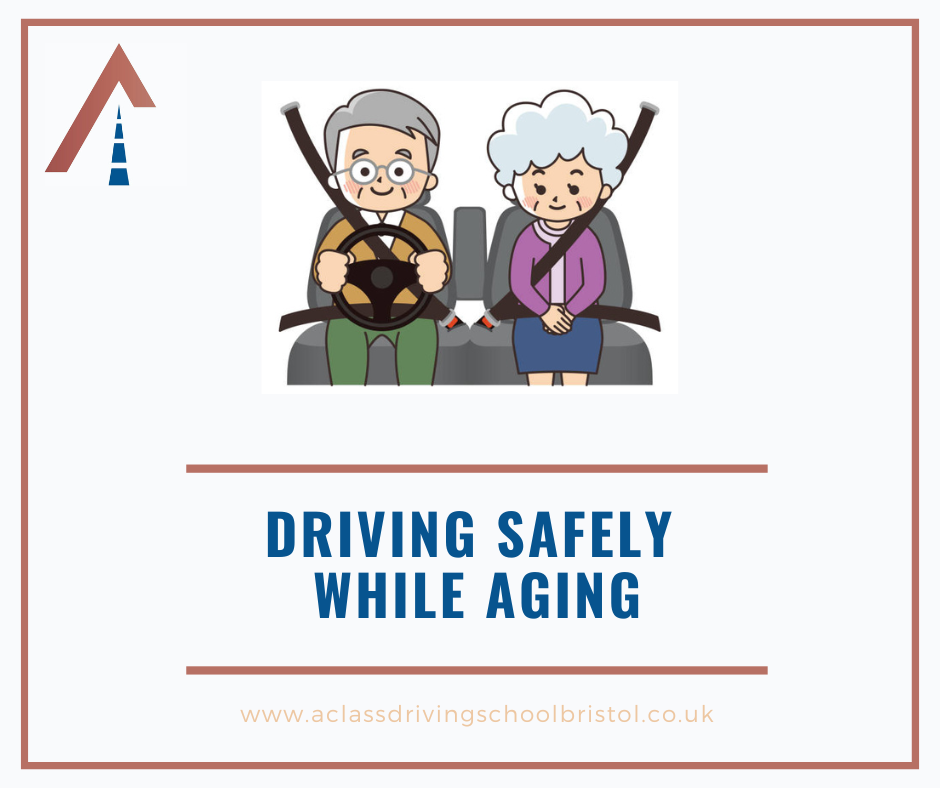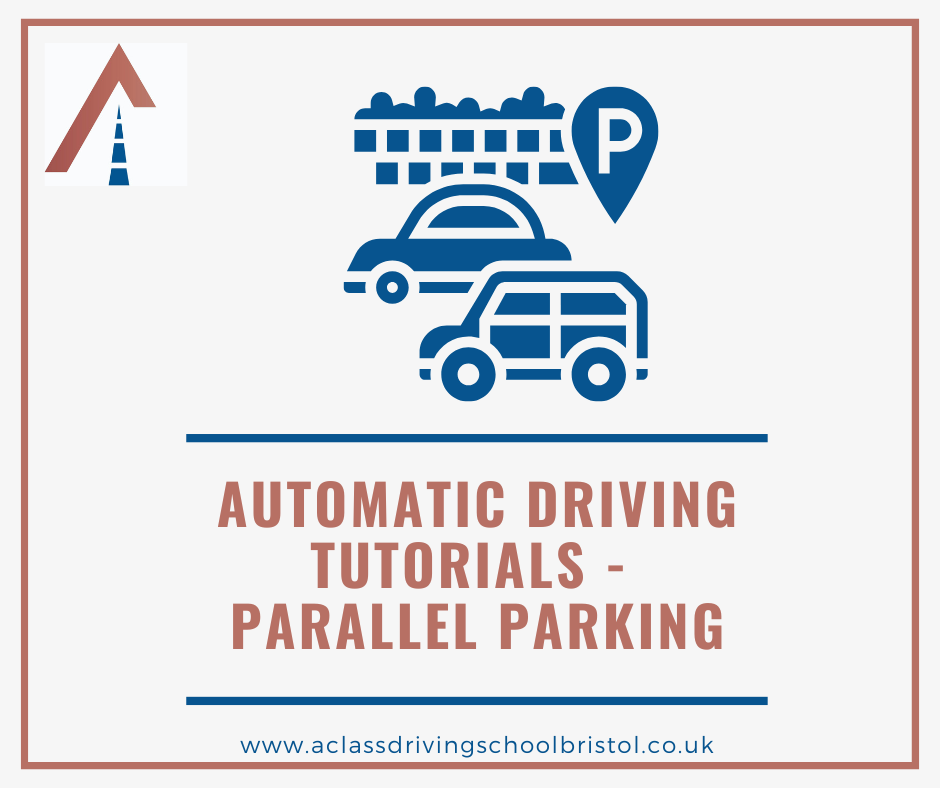Parking on the right cheat sheet
Parking on the right cheat sheet
The parking on the right hand side of the road manoeuvre, on paper, looks like the easiest of the four that learner drivers have to master before test day. Take note, there are potential spanners in the works at any given moment.This cheat sheet is designed for non-driving instructors to print out and to use when practising with friends and family.
Find somewhere to pull up on the right
This will be the verbal instruction from the examiner come test day, if you get this. There will be no stopping before hand to mentally plan, like with the other 3 manoeuvres.
- Once you hear this, don't panic. If it takes you 2 minutes (ages in driving time) to find somewhere, so be it. Don't rush.
- LADA is the acronym you want to use first. (look Assess Decide Act). Find somewhere safe, legal and convenient. Read our moving off and stopping tutorial for more details on what this entails.
- Once you've found the perfect spot to park you'll need to make sure it's safe in terms of oncoming traffic, check your interior and right door mirror for danger.
- Put on a signal to the right to tell everyone what you're doing.
- Change position if it's safe to do so. A lot of students take an age to get this done. If it's safe, move into the space shortly after checking. Don't delay, things change quickly.
- The speed needs to start being reduced when you know you can make it to your parked position. Clutch down and use your momentum to get across. Use the brake to make the reduction in speed smooth.
- Don't aim the bonnet at the position where you intend to stop. It takes much longer to get across to the right than it does the left. Aim the car several car lengths before your final stopped position. You'll need the extra space to straighten up the car and iron out any kinks with the back of the vehicle. It's very important to finish parallel to the kerb.
- Once you stop in a safe, legal and convenient position. Handbrake, neutral, cancel the signal.
Reversing on the right
The reversing part is what makes this a manoeuvre. You'll be asked to come back two car lengths (8/10 metres). It needs to be controlled with plenty of observations.
- I would check my right door mirror before moving back. Look to make sure you are definitely parallel. Any wonkiness will see you reverse back into the road, or up onto the pavement.
- POM (Prepare Observe Manoeuvre), because we're stationary; reverse gear, little bit of bite, observations all around, especially of the right shoulder. Looking for pedestrians stepping off the pavement. Make sure you're looking over your left shoulder out of the rear window when moving backwards.
- Hand brake off and keep the speed low. You should be able to look around you in multiple places for danger. Anything gets too close, show the examiner you've seen it and are aware of the risk by stopping.
- Once you've moved back the required amount, stop. Handbrake, neutral. Await further instructions.
Pulling away from the right hand side
It's just like pulling away normally, but with a left blind-spot check and left hand signal.
- POM first. Make sure you consider the oncoming traffic too. Remember, don't slow anything down needlessly.
- First gear, set the gas, find the bite.
- Check your interior, left door mirror and left blind-spot.
- If it's safe, handbrake off, signal on and get across to your lane and up to speed.
Parking of the right tricky bits
Things to be mindful of that make this exercise harder than it should be.
- If there's oncoming cars that stop you getting across, just stop. Imagine the space you want is right outside your house. You wouldn't ditch that parking space if you lived there.
- Never pick a space that is difficult to get into and out of. They will only pick a road where this exercise is easy to do with plenty of options.
- Never park behind a van. Your view for leaving will be terrible.
- Avoid parking on bends, it's harder to get parallel with the kerb.
- Do not come back too quickly. Control and observation are the only two elements they're marking you on for this.
For a more in depth look, photos, and video on how to perform the correctly,
click here.

